-
Telephone:+0086-371-6376-8262Telephone:+0086-371-6376-8385
-
wechat:abcdefg
-
-
Email:ht@ovenfurnace.com

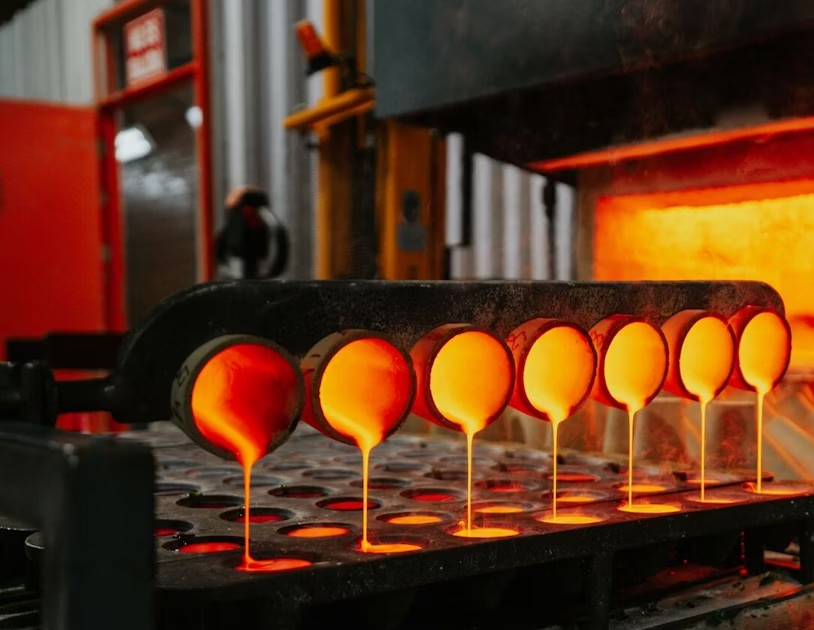
The fire assay method stands as the gold standard for determining precious metal content in ores and minerals; while modern labs now house sophisticated equipment, its core principles remain largely unchanged, which is a testament to its remarkable accuracy and reliability. Essentially, this method transforms complex ore samples into pure metal beads through a series of heating and separation steps, and this post will present its fundamental steps as well as main applications across industries—let’s get started!
What is Fire Assay Method?
Fire assay, also called cupellation, reveals the exact gold content in precious metal samples through complete melting and metal separation. During this process, the sample melts at high temperatures, allowing assayers to separate and measure pure gold from other metals and impurities. The method can create precise results because it analyzes the entire sample.
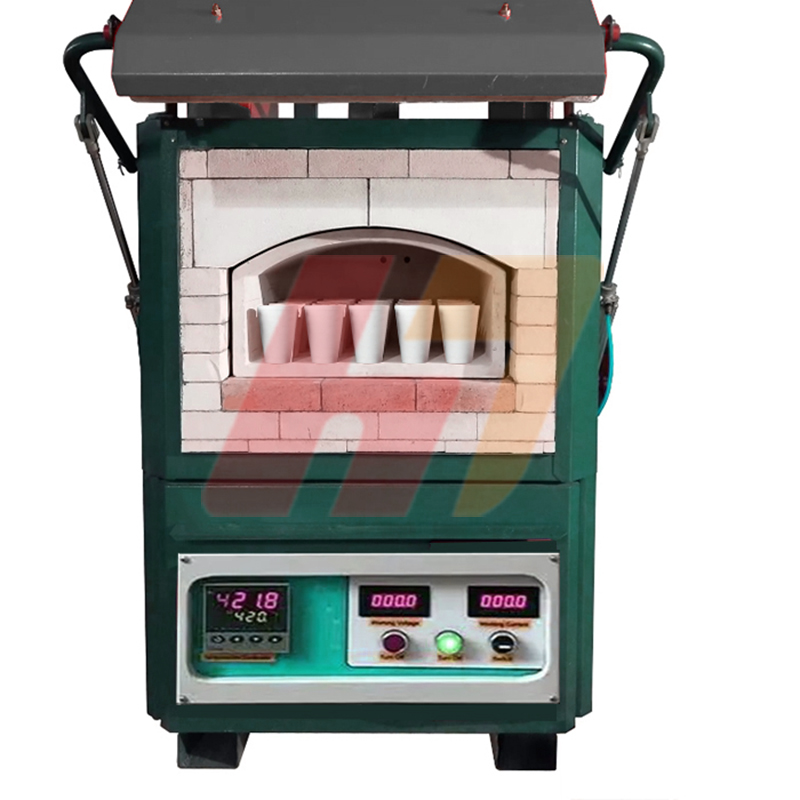
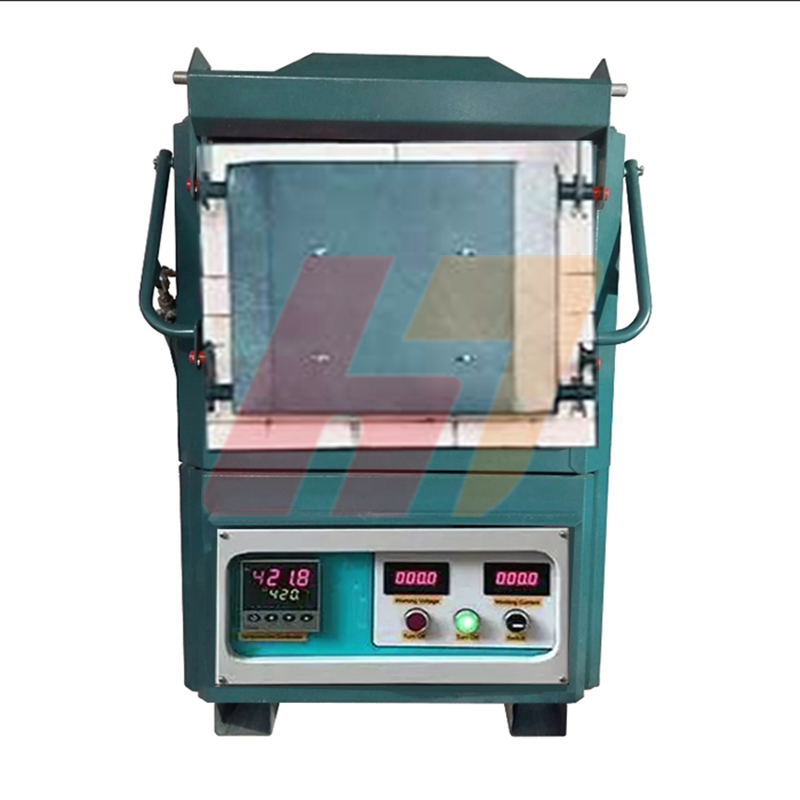
Fire assay traces back through centuries of metallurgy, yet it remains a trusted analytical method today. Mining companies and laboratories apply fire assaying to analyze various materials, including drill cores, soil specimens, and rock fragments.
How a Fire Assay Works
A fire assay begins when technicians mix the sample with lead oxide and selected reagents. As the mixture heats, the lead forms bonds with precious metals present in the sample. The molten material then goes into a mold where it cools and solidifies.
The high density of lead causes it to settle at the mold’s base, creating a distinct layer. Lab technicians separate this portion and transfer it to a special vessel called a cupel for a second heating phase.
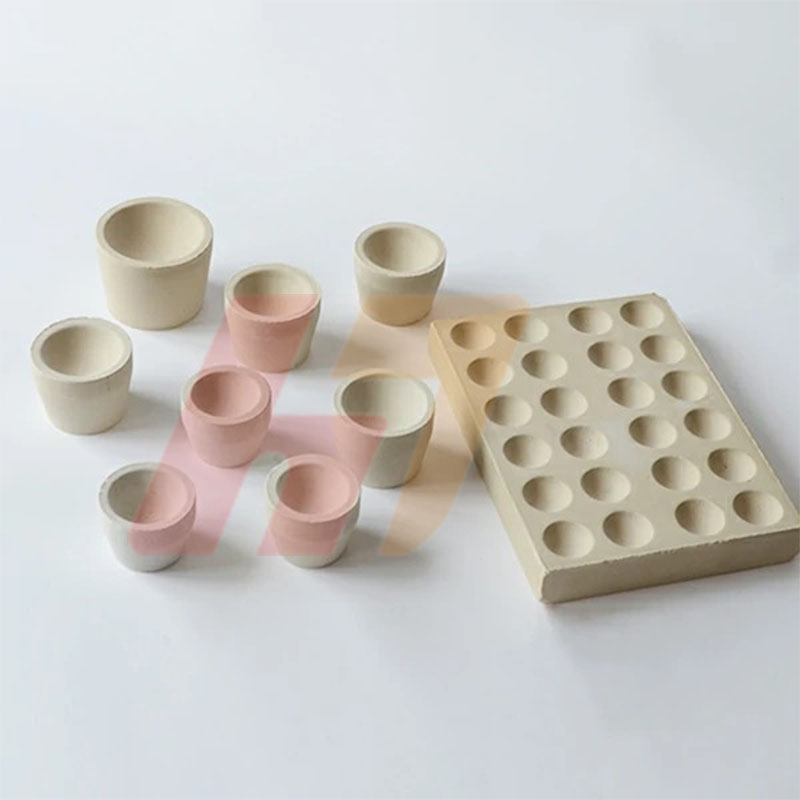
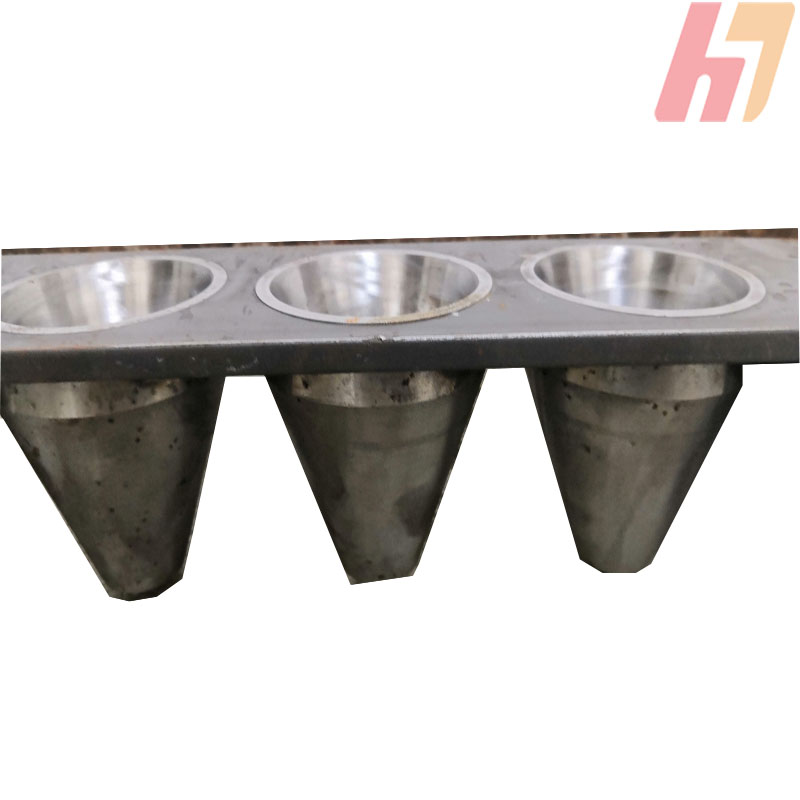
The porous cupel draws in the lead through absorption, leaving a pure bead of precious metal behind. By weighing this final bead and comparing it to the initial sample mass, analysts calculate the exact metal concentration.
Benefits of a Fire Assay Method
Fire assay offers these key benefits:
l Accuracy – The technique yields exact readings of gold and silver concentrations, giving mining companies and refineries trustworthy data for their operations.
l Reliability – Proven through centuries of metallurgical testing and consistent results.
l Sample Range – The method works well for many sample forms, from raw ore to processed materials, from tiny to larger samples.
l Cost – Provides detailed analysis at lower prices than other testing methods.
Key Steps of Fire Assay Method
What is fire assay method? Let’s explore detailed steps in this method. In the fire assay method to separate precious metals from their ores, each step plays a specific role in producing accurate results.
Step 1: Sampling and Preparation
The first stage of fire assay transforms samples into fine powder for mixing with chemical reagents. Labs often analyze samples through X-ray fluorescence (XRF) scanning to understand their basic composition. These initial results decide the amounts and types of reactive chemicals. Once the analysis finishes, the lab staff weighs each sample carefully before blending it with the chosen dry reagents.
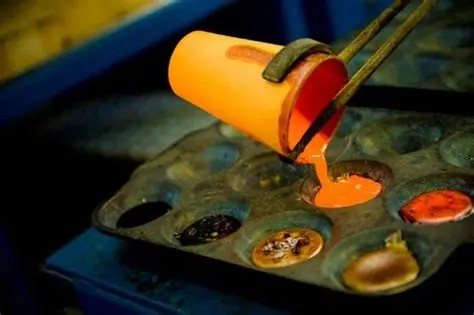
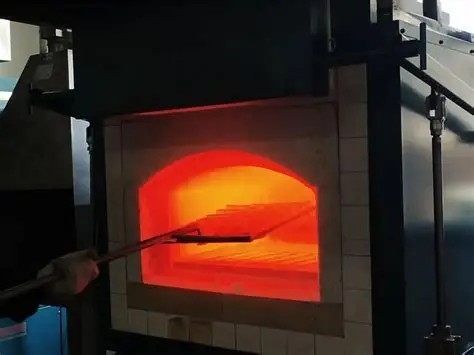
Step 2: Fluxing and Fusion
Technicians mix the powdered sample with flux materials and add lead as a collecting agent. The mixture enters a furnace, where temperatures rise to 1000 degrees. Inside this intense heat, chemical reactions begin.
The heating process lasts around 20 minutes, separating precious metals and lead sinks together to form a concentrated button at the crucible’s base. Above this button, unwanted materials float as silicate slag. The button holds all the valuable metals from the original sample, ready for the next phase of testing.
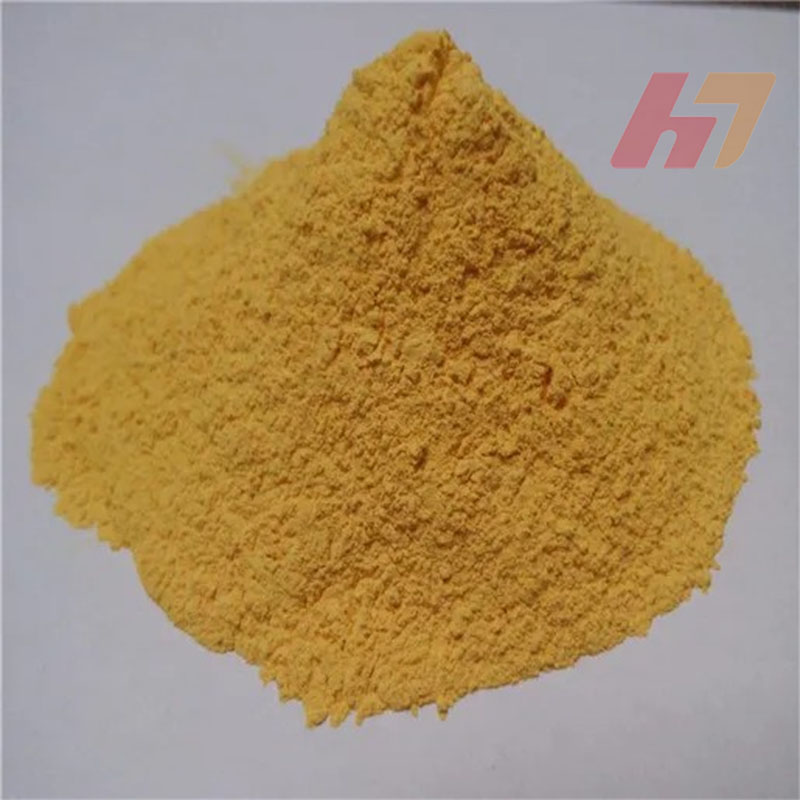
Step 3: Cupellation
During cupellation, lead is removed from the gold and silver. The sample goes into a porous container called a cupel, where oxidizing fusion takes place. The main purpose is to turn lead and other base metals like copper into oxides.
These oxides then move away from the gold, silver, and other precious metals that stay in their pure form during cupellation. The separation works because precious metals resist oxidation under the specific temperature and pressure conditions of the cupel.
Step 4: Parting (for Gold and Silver)
The rolled metal goes into nitric acid to dissolve the silver while leaving the gold untouched. This separation step produces pure gold. Then, the remaining gold cornet is washed and dried thoroughly to remove any traces of acid.
For silver measurements, labs weigh the metal bead before adding the acid. Since these beads are tiny, precise micro-balances are used to obtain accurate weight readings.
Step 5: Weighing and Analysis
The gold cornet is weighed on a high-precision balance, revealing the exact gold content and purity of the original sample.
The dissolved metals can then be measured using three main methods:
Flame Atomic Absorption (AA)
Inductively Coupled Plasma-Optical Emission Spectrometry (ICP-OES)
Inductively Coupled Plasma-Mass Spectrometry (ICP-MS)